Chimney sweeps have long been associated with maintaining the safety and efficiency of our homes’ heating systems. While they are experts at removing soot, creosote, and debris from chimneys, many homeowners wonder whether chimney sweeps can perform their services after a rain shower. In this blog, we will explore the implications of Chimney Sweeps Clean After the Rain and discuss whether hiring a chimney sweep in wet conditions is safe and effective.
The Basics of Chimney Sweeping
Before we dive into the effect of rain on chimney sweeping, let’s first understand the core principles of this essential home maintenance task.
Soot and Creosote Removal:
- Soot: Soot is a fine, black, and powdery substance that forms during the combustion of carbon-based fuels, such as wood, coal, or oil. When you burn wood in your fireplace or stove, not all of it is converted into heat energy. Incomplete combustion leaves behind carbon particles, which combine with other compounds in the smoke and adhere to the interior walls of the chimney. Over time, this accumulation can create a layer of soot that reduces the efficiency of your heating appliance and poses a fire hazard. Soot can be challenging to remove because it can harden and become a stubborn buildup.
- Creosote: Creosote is a more significant concern than soot regarding chimney maintenance. It forms when volatile gases in the wood’s smoke condense on the more excellent surfaces of the chimney. Creosote is highly flammable and can lead to chimney fires if it accumulates sufficiently. It typically exists in three forms:
- Stage 1: A soft, flaky, and easily removable substance.
- Stage 2: A more complex and more tar-like material.
- Stage 3: A glossy and extremely combustible glaze.
Removing creosote is a critical aspect of chimney sweeping because it prevents fires, ensures proper ventilation, and maintains the integrity of the chimney structure.
Debris Removal:
- In addition to soot and creosote, chimneys can accumulate various types of debris over time. This debris may include leaves, twigs, branches, small animal nests, and even foreign objects entering the chimney. These materials can obstruct the flue and prevent proper airflow. When airflow is restricted, it can lead to several issues:
- Reduced efficiency of the heating appliance.
- Inadequate ventilation can result in the buildup of harmful gases like carbon monoxide.
- Increased risk of chimney fires due to restricted airflow and heat buildup.
Chimney sweeps are equipped to remove these obstructions, ensuring your chimney operates safely and efficiently.
Inspection:
- Beyond cleaning, chimney sweeps also perform inspections to assess the overall condition of the chimney and its components. This inspection involves:
- Check for cracks or damage to the chimney structure, which can compromise its integrity and safety.
- Examining the flue lining for signs of wear, damage, or deterioration. A damaged flue lining can allow dangerous gases to penetrate the chimney walls and enter your living space.
- Identifying any blockages or restrictions in the flue that can impede proper ventilation.
- Assessing the chimney cap or crown for damage. A damaged cap can allow water and debris to enter the chimney, causing further deterioration.
Regular inspections help detect potential issues early, allowing for timely repairs and maintenance to ensure the safety and efficiency of your chimney system.
Can Chimney Sweeps Clean After the Rain?
Yes, chimney sweeps can typically carry out their cleaning services after a rain shower. However, it’s essential to consider certain factors. Light rain may not significantly hinder the process, but heavy rain or storms can pose safety risks and dampen the chimney interior, potentially making the cleaning process more challenging. Chimney sweeps are trained professionals who prioritize safety, and they may take precautions, such as using protective gear and harnesses, to work in wet conditions.
They may also recommend allowing the chimney to thoroughly dry before using it, as a damp chimney can result in poor combustion and increased creosote buildup. Effective communication with your chimney sweep and following their advice can help ensure a safe and successful cleaning experience, rain or shine.
The Impact of Rain on Chimney Sweeping
Rain can affect the chimney sweeping process in several ways:
Moisture Content:
Rainwater can introduce moisture into the chimney, affecting the soot and creosote buildup. When these substances become damp, they clump together and adhere more tenaciously to the chimney’s interior surfaces. This dampness can make cleaning more challenging, as chimney sweeps may need extra effort to dislodge and remove the sticky residue. Additionally, wet soot and creosote can create a mess that requires more thorough cleaning, potentially extending the time needed for the job.
Slippery Conditions:
Safety is a paramount concern for chimney sweeps, as their work often involves climbing rooftops to access the chimney. When it’s raining, the roof can become slippery, posing a significant risk to the technician. Wet surfaces can lead to accidents, falls, and injuries. To mitigate this risk, chimney sweeps may need extra precautions, such as using safety harnesses or choosing alternative methods to access the chimney during wet conditions.
Delayed Work:
In cases of heavy rain or storms, some chimney sweeps may choose to postpone their appointments. Working in inclement weather, especially during heavy rain, can be uncomfortable and unsafe for the technician. It can also affect the cleaning job’s quality and the chimney inspection’s accuracy. In such situations, rescheduling the appointment is often the wisest choice, ensuring both the safety and the effectiveness of the chimney sweeping service.
However, rain does not necessarily prevent chimney sweeping altogether. Here are some considerations:
- Light Rain vs. Heavy Rain: A drizzle might not pose significant issues, and sweeps can continue with their work if they take precautions. However, it’s advisable to reschedule the appointment during heavy rainfall or storms.
- Safety Measures: Chimney sweeps are trained professionals who prioritize safety. They may use protective gear, secure themselves with harnesses, or opt for alternative methods like using a chimney camera inspection system during wet conditions.
- Drying Time: After a rain shower, allowing the chimney to dry thoroughly before lighting a fire is essential. A damp chimney can result in poor combustion and increased creosote buildup.
Safety Precautions in Wet Conditions
Safety is paramount when it comes to chimney sweeping, and it becomes even more critical when the weather turns wet and rugged. Chimney sweeps are well-trained professionals who are acutely aware of the risks associated with their work, and they take specific safety measures to ensure their well-being and the successful completion of the job, even in wet conditions. Here are some of the vital safety precautions chimney sweeps employ:
Proper Attire:
Chimney sweeps wear specialized clothing and gear designed for safety and protection. This includes durable work boots with good traction to prevent slipping on wet surfaces, rain-resistant clothing to stay dry, and gloves for handling chimney debris safely.
Safety Harnesses:
When working on rooftops, chimney sweeps often use safety harnesses and anchor points to prevent falls. Wet surfaces can be slippery, so harnesses provide an added layer of protection against accidents.
Tarp or Covering:
Chimney sweeps may use tarps or coverings to shield the working area from rain, especially if it drizzles. This can help keep the immediate workspace dry, making handling equipment and cleaning safer.
Equipment Inspection:
Before and during the job, chimney sweeps inspect their equipment for signs of wear and ensure it’s in proper working condition. Any faulty or compromised equipment is repaired or replaced promptly to minimize risks.
Slow and Steady:
In wet conditions, chimney sweeps exercise extra caution and work slowly and steadily to maintain balance and control. Rushing can lead to accidents, particularly when climbing ladders or accessing chimney tops.
Communication:
Effective communication is vital among chimney sweeps working in teams. They coordinate their actions and movements to minimize risks, especially when navigating slippery surfaces.
Assessing Roof Condition:
Chimney sweeps assess the condition of the roof they are working on. If the roof is in poor shape and poses additional risks in wet conditions, they may recommend addressing those issues before proceeding with chimney cleaning.
Rescheduling When Necessary:
In heavy rain, thunderstorms, or other severe weather conditions, chimney sweeps may reschedule the appointment for a safer time. Safety should never be compromised, and it’s better to delay the job than to put anyone’s well-being at risk.
In conclusion, chimney sweeps can still perform their services after a rain shower, but it’s essential to consider safety and the potential moisture challenges. Light rain may not significantly hinder, but heavy rain or storms may lead to rescheduled appointments. Homeowners should communicate with their chimney sweepers and follow their recommendations to ensure a safe and effective cleaning experience. Remember that regular chimney maintenance, rain or shine, is crucial for a safe and cozy home.
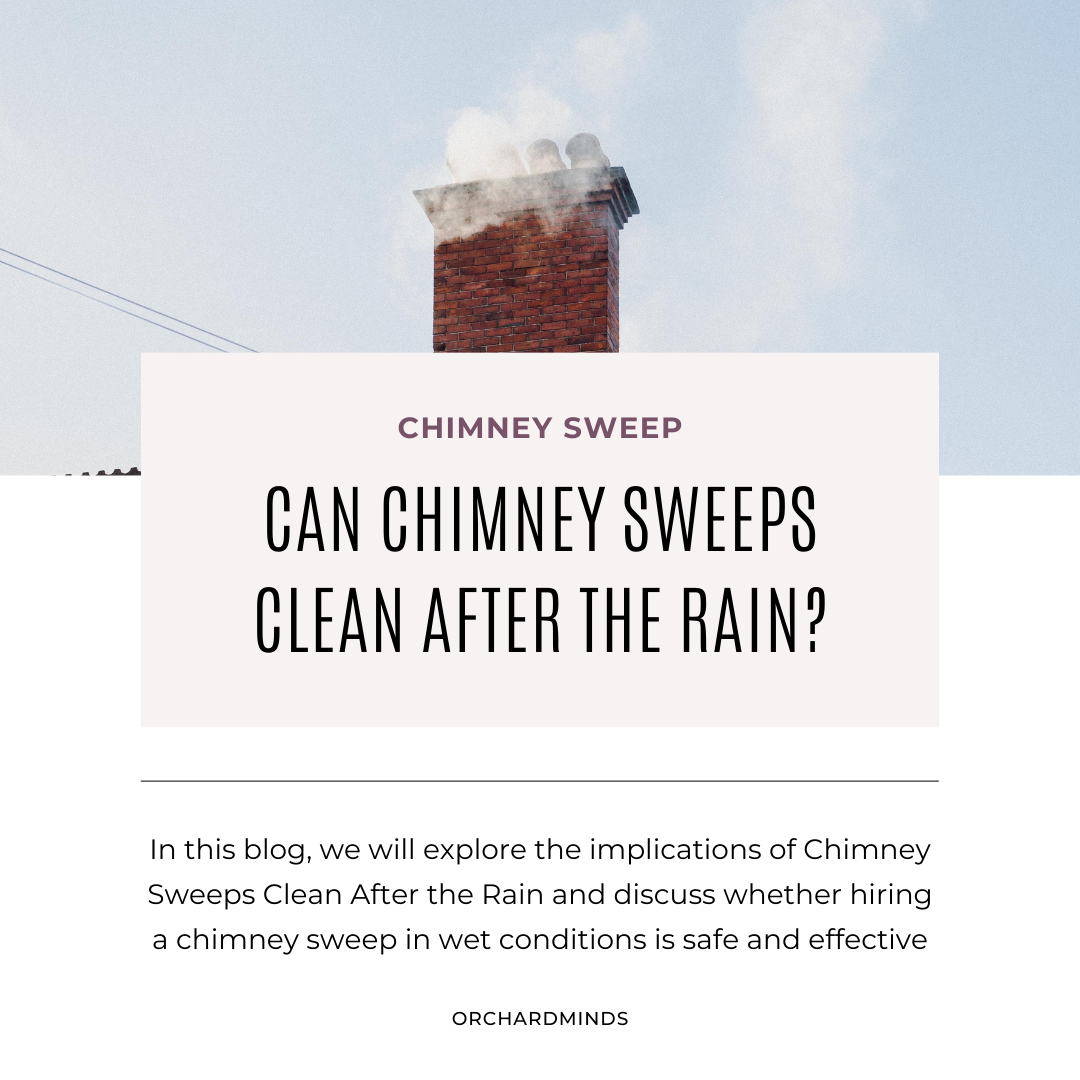
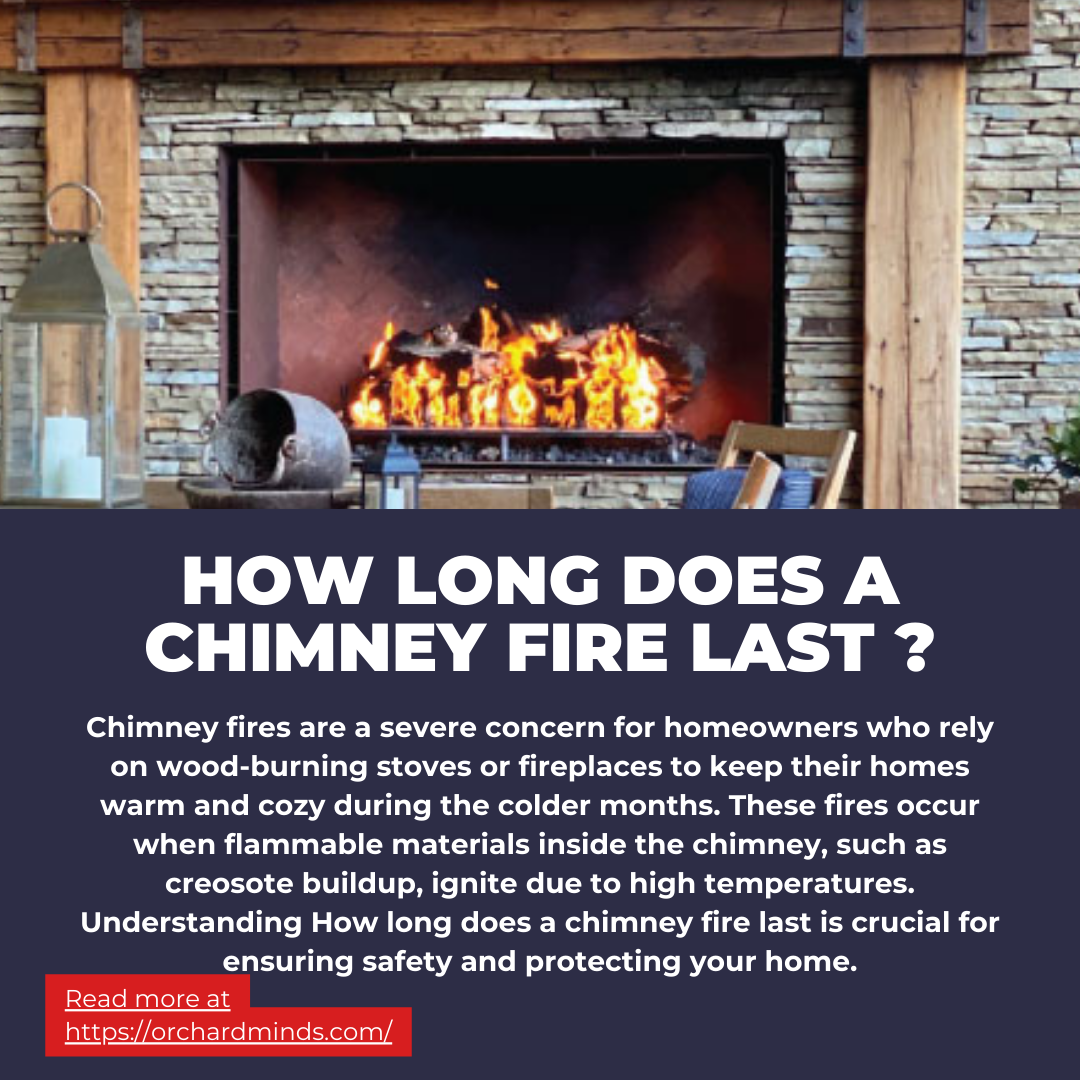
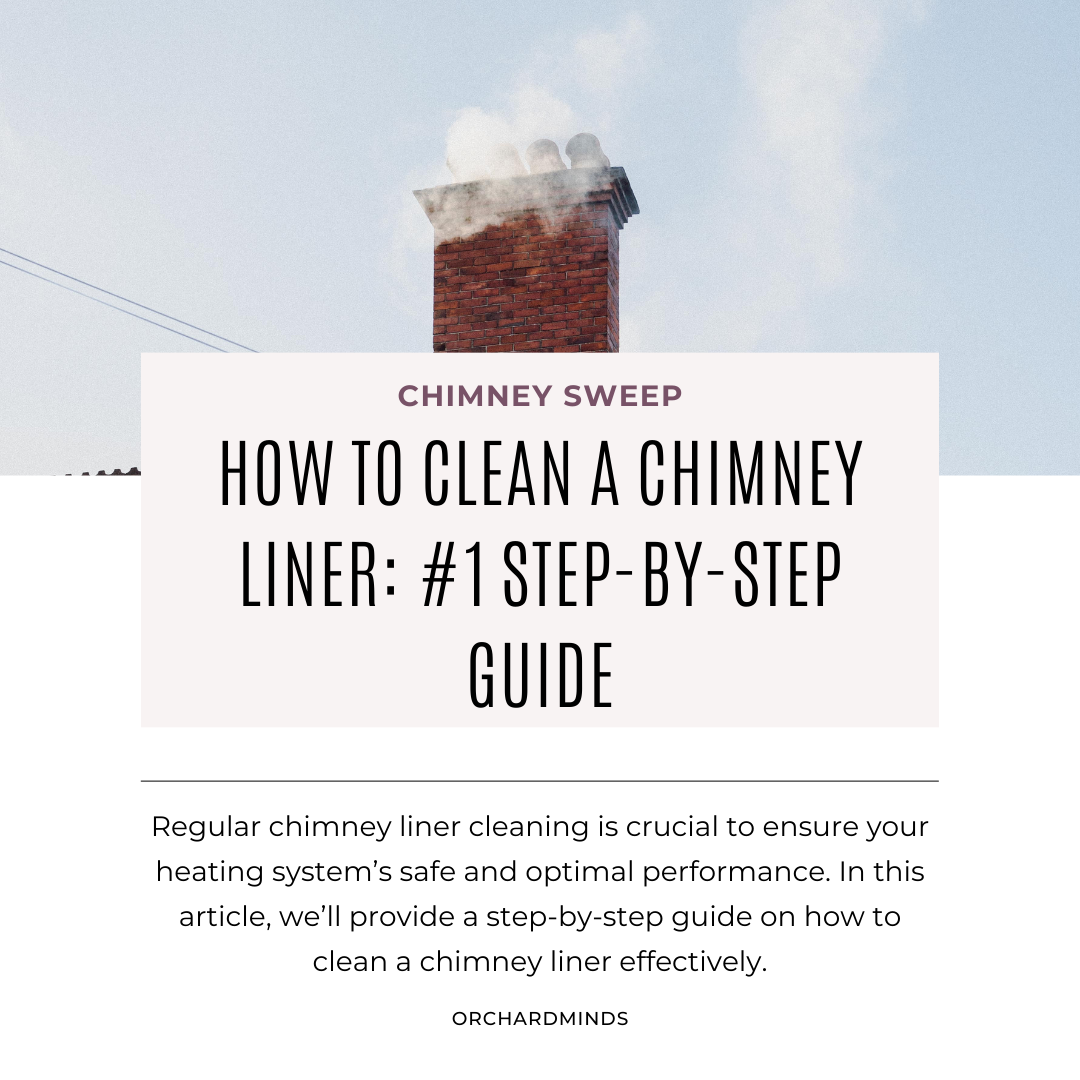
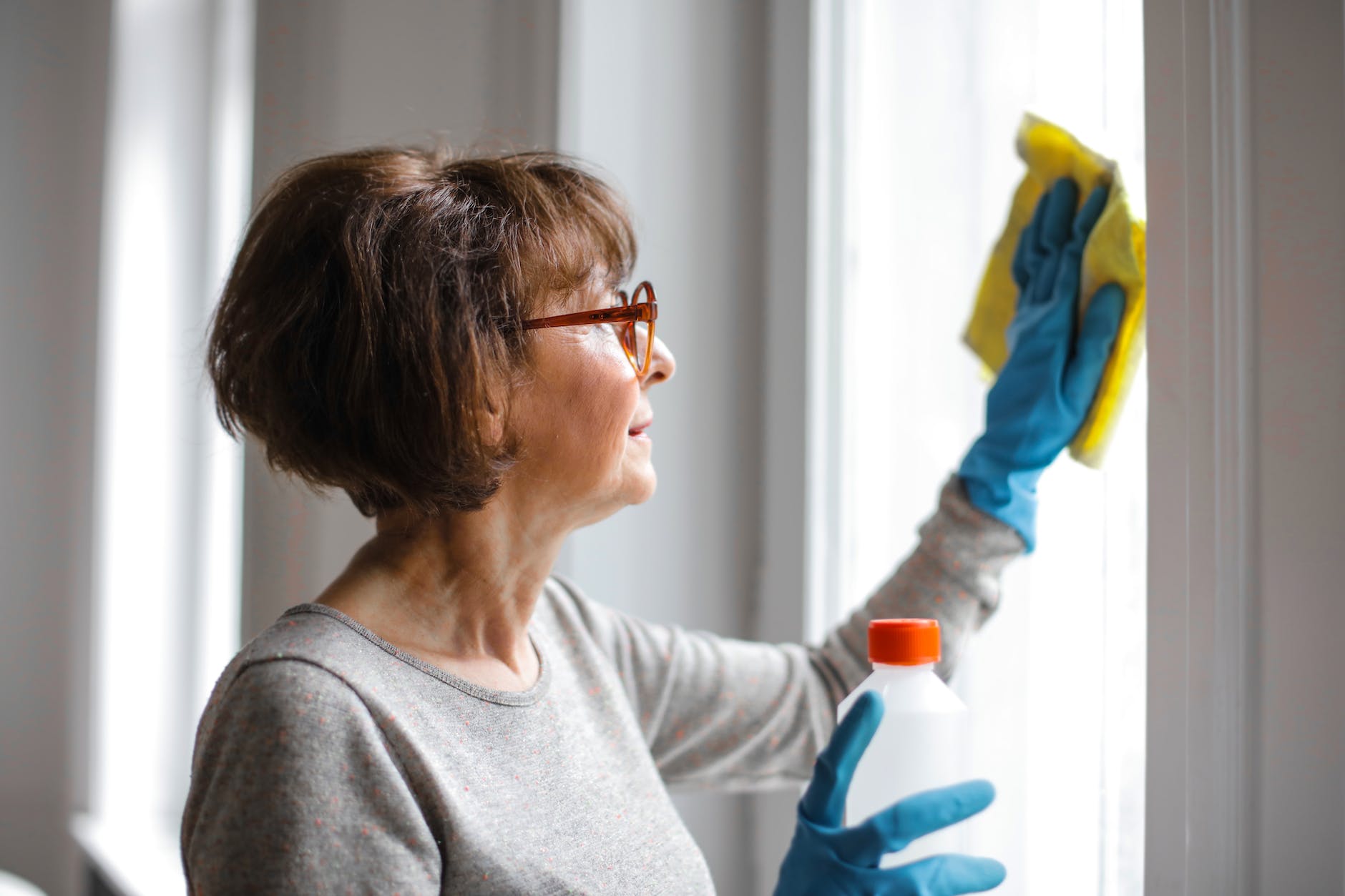

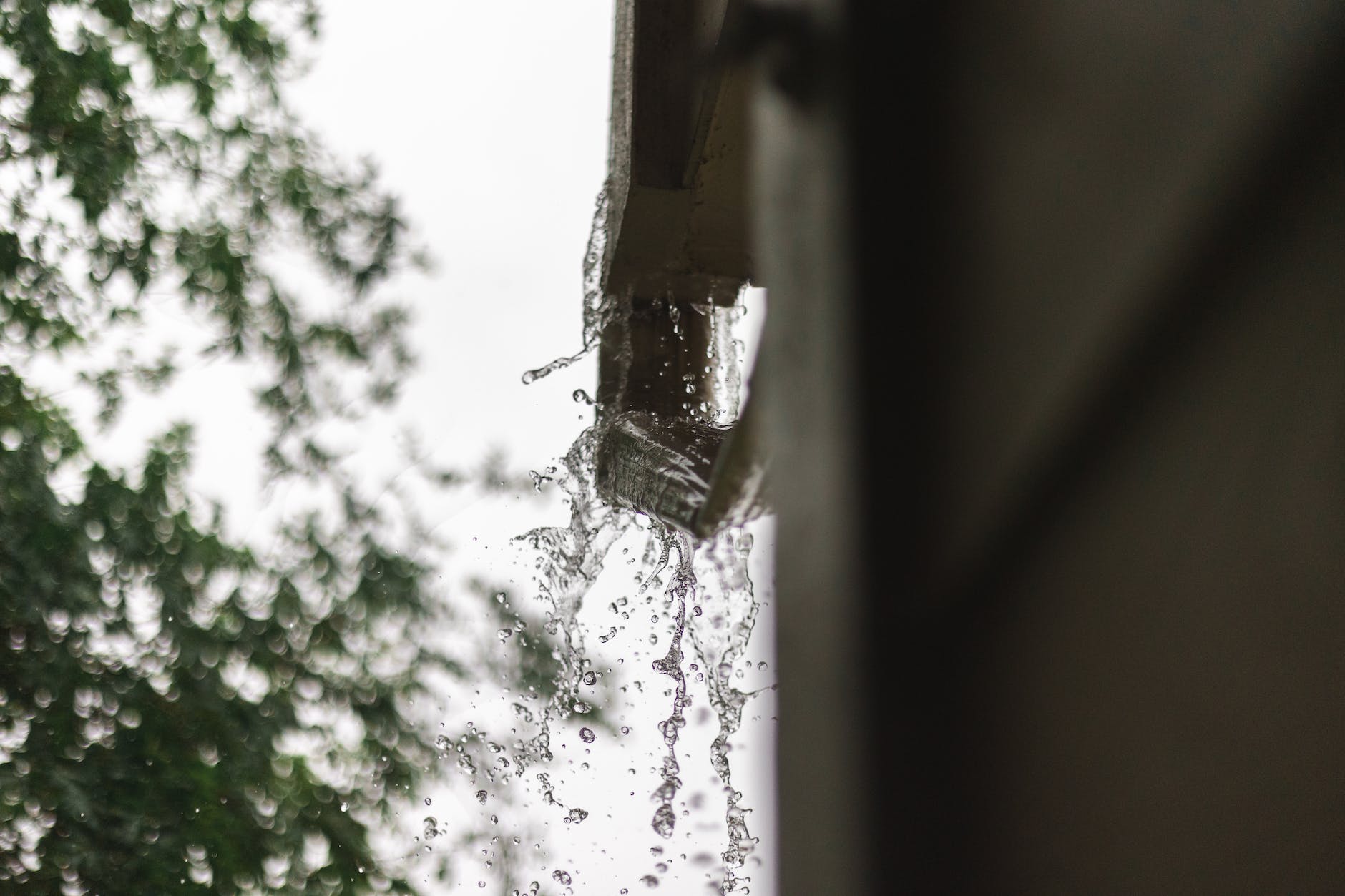
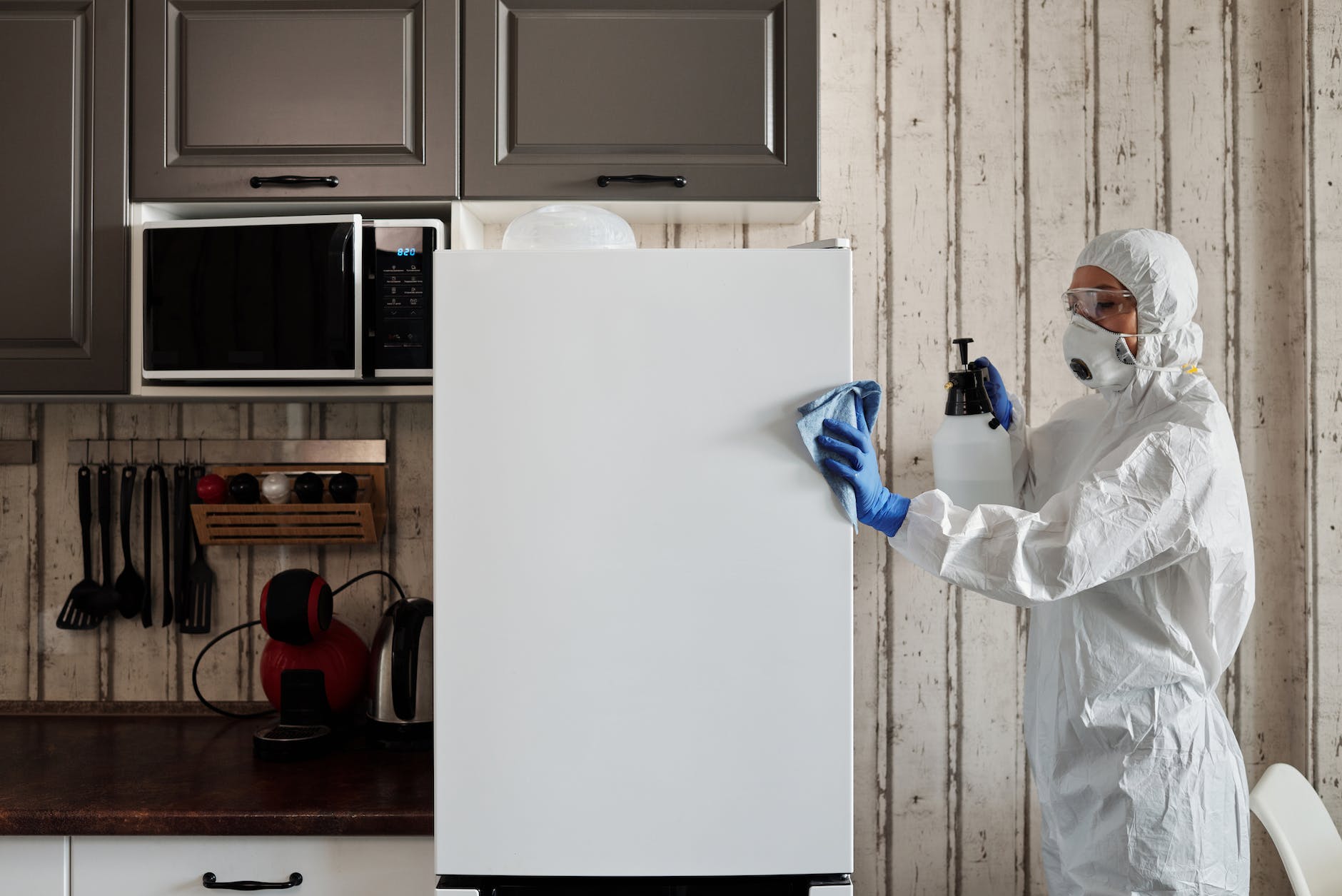
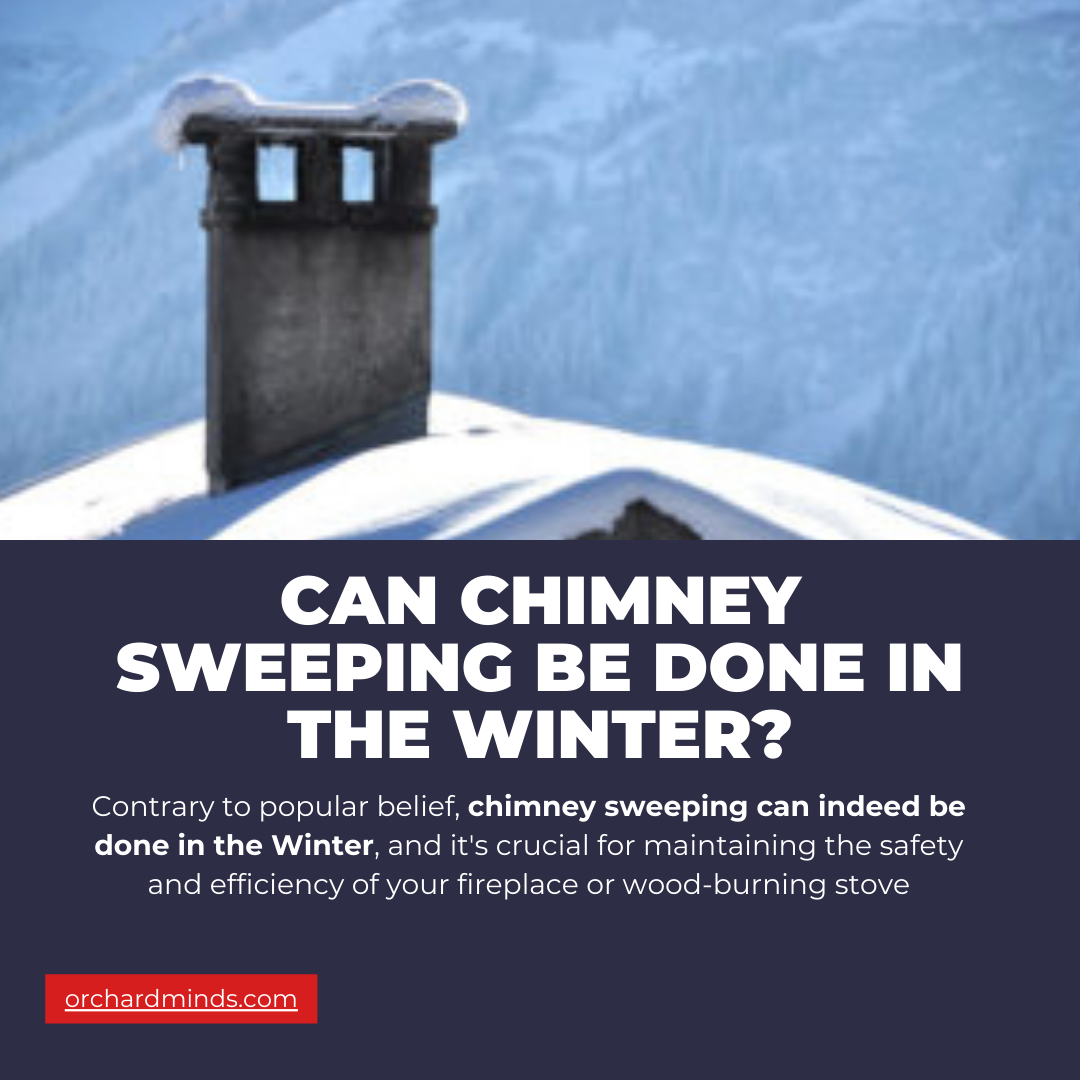

1 comment